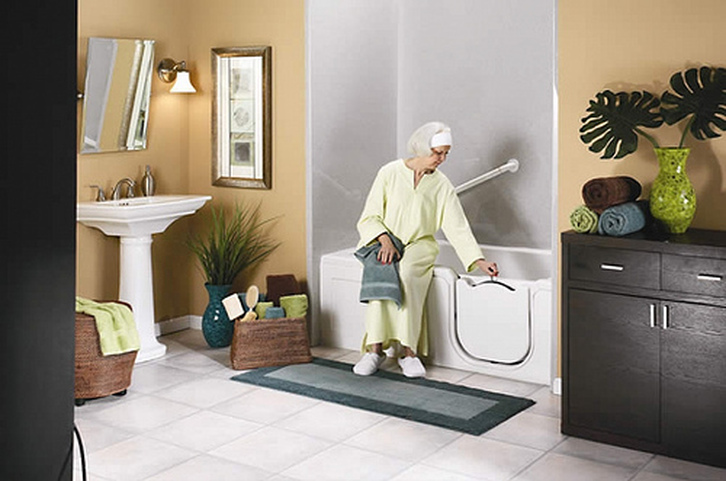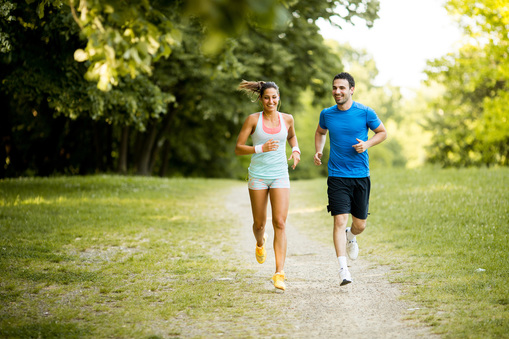- Start with Small Steps - Begin with goals that you think you can keep and gradually build up distance/reps/weight. Don't overwhelm yourself, and remember that minor missteps are completely normal.
- Take Time Off - Allow yourself proper time to recover. I tell patients that if soreness lasts for more than 3 days following a workout than they went a little too hard a little too soon. If soreness lasts for 6 days and is accompanied with swelling, it’s a good idea to see your physical therapist.
- Ask for Support - Whether it’s a family member, friend, coworker or even your physical therapist; sharing your goals with someone can help you stay on track by making you feel more accountable.
|
Wishing everyone a happy & healthy new year! For those with resolutions to exercise more this year, here's a few tips to help you stick with your goals:
Now that spring is finally here, we can get back to being active. Unfortunately, being active can often result in injuries. There are many ways to help avoid injury, such as using proper equipment and shoes, playing and training properly, and not training too much. If you do get injured, it’s not the end of the world!
There are two kinds of injuries that you can suffer during activity:
Pain is your body’s way of telling you that something isn’t right. If you are experiencing severe pain, limping, a limited range of motion, or swelling, you should stop your activity immediately. After an injury it is always best to follow professional advice about when you can begin activity again, and in the meantime a physical therapist will have suggestions on how to stay fit. Once you are healed, preventing re-injury is just as important as the healing process was! Be sure to warm up before and after your activity, and if necessary, use extra protective gear on the injured body part. Take it slow at first and know your limits. Before you know it you’ll be back out there feeling great! Every year, one out of three adults aged 65 or older fall. These falls are the leading cause of both fatal and nonfatal injuries among older adults. One of the most heartbreaking things I see in my practice isn't the physical effects of a fall, but the psychological toll. Many older adults fear falling again, and as a result, they limit their activity and social engagement. This often leads to social isolation, depression, a loss of independence, and feelings of helplessness. While we can't completely prevent older adults from falling, there are ways to help improve their balance.
Here are some tips:
For some more information, visit the following sites: NCOA.org CDC.gov Exercise is a great way to stay in shape and benefits your entire body. Staying hydrated before, during, and after a workout is the key to gaining the most out of a workout. http://visual.ly/hydration-exercise
Once you learn to ride a bike you never forget, but you may forget to take the proper precautions! Cycling can lead to loss of spinal flexibility, as well as hip and knee injuries. These can all be avoided by cycling the right way: |
AuthorJoseph Tobias is a Doctor of Physical Therapy, who practices in Brooklyn, NY. Categories
All
Archives
July 2015
|







